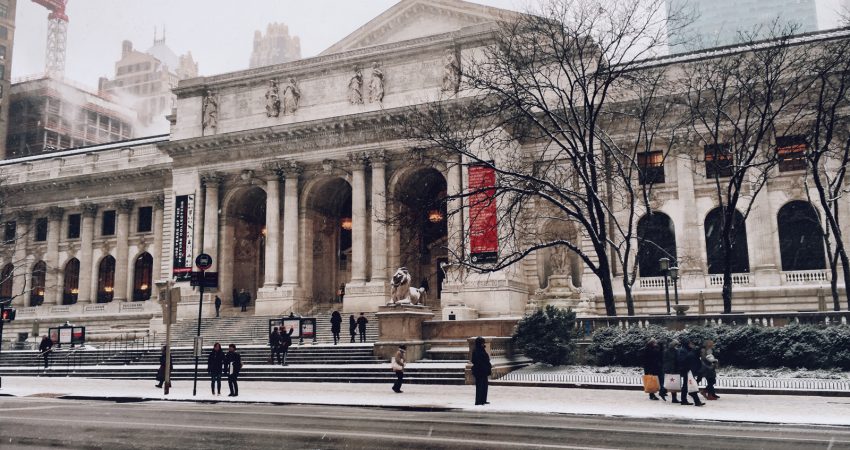
By Suzanne Perin - November 2015
PAPER CITATION
Henkel, L. A. (2014). Point-and-shoot memories: The influence of taking photos on memory for a museum tour. Psychological Science, 25(2), 396–402. doi:10.1177/0956797613504438
Photography has become an easy and frequent activity. How does taking photographs affect how people remember the objects they see in a museum? Henkel wonders whether photographs might “offload” to the camera the responsibility for remembering a scene—and so the photo-taker may forget the scene.
Henkel compared people’s recall after taking photos and after simply observing museum paintings and objects. People remembered more when they observed than when they took a photo. However, if the photo zoomed in on a specific feature, people remembered the whole object better. Henkel suggests that encouraging people to pay attention to particular features can eliminate the impairment caused by taking photos.
Research Design and Findings
To assess the impact of taking photos on people’s memory of objects, Henkel conducted two experiments. In both, participants were escorted around a university art museum, where they were asked to view particular objects and to photograph some of them. The participants then answered questions about the objects the next day.
In Experiment 1, 27 participants read the name of an object from a list of 30 and were individually led by a research assistant to that object. After observing it for 20 seconds, the participants were instructed either to photograph the whole object or to observe for another 10 seconds. Regardless of whether they were taking a photo or not, they had 30 seconds at each object. Participants observed 15 objects and photographed 15 objects. They did not pass by the same object again. The next day, the participants’ memory was assessed with several tasks; they also were asked to indicate if they had photographed or only observed the object.
Results showed that taking a photograph diminished accuracy: The participants who had taken photographs remembered fewer objects. They also remembered fewer details about the objects they had photographed than those they had merely observed. But was that due to the difference in time spent in observation and photographing?
To find out, Experiment 2 allowed participants more time to observe: a total of 25 seconds, plus any photography time. Henkel compared these participants’ memory of 27 objects in three conditions: nine objects photographed as a whole, nine photographed by zooming in on just one part of the object, and nine objects observed but not photographed. Again, the participants answered questions about the objects the next day.
As in the first experiment, participants had less accurate memories of objects they had photographed—except when they had zoomed in on particular part of the object. In that case, their memory was comparable to their memory of objects they had observed only. Participants who had zoomed in remembered more of the whole object, not just the part they had photographed.
Implications for Practice
Informal science educators may wonder whether taking photos distracts learners from engaging with physical materials or serves as a substitute for their own memories. This study suggests that providing some structure may help learners remember the objects they photograph. If people are going to take a picture, guiding their attention to a particular feature of an object could help them notice—and remember—more features. Henkel notes that being able to choose what to photograph might change what people remember; in her study, participants were told what to photograph.




